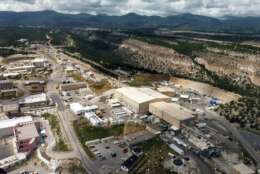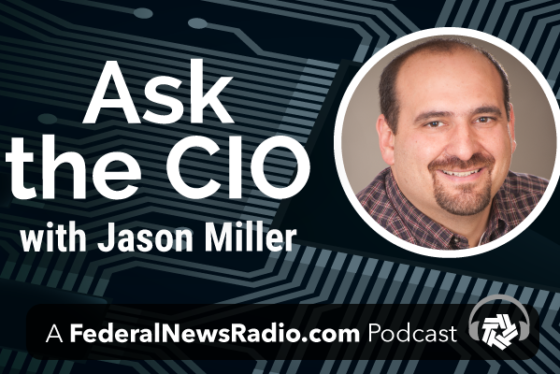Big Data
-
Federal and industry experts say ensuring your organization’s data is current, reliable, kept private and secure will help accelerate the use of artificial intelligence tools to improve decision making.
December 13, 2023 -
LANL is building computer systems to take on the "unsolved problems," according to the leader of the High Performance Computing division.
December 13, 2023 -
The director of NGA said a major RFP for commercial data services is coming, while the agency is also pressing forward on artificial intelligence initiatives.
December 13, 2023 -
Experts from CACI say agencies need training and the right technology platforms to successfully navigate and take advantage of the dark web for open source intelligence activities.
December 11, 2023 -
The Commerce Department, amid rapid changes in emerging technology, is looking to evolve its data mission, and will spend much of 2024 drafting an enterprise data strategy.
December 08, 2023 -
Within the DoD’s massive data repositories lie solutions to problems ranging from how best to counter cyber threats to optimizing talent management to averting equipment downtime to ensuring operational readiness. AI-guided data exploration leverages AI to find what really matters within these enormous datasets, at speed.
December 07, 2023 -
Across the country, crimes involving elder abuse and elder neglect routinely go unreported. But even when those cases are not immediately reported to police, there can often be clues in Medicare and Medicaid data. The Centers for Medicare and Medicaid Services (CMS) already looks for those signs in claims data. But a recent IG audit found a lot more cases that could have been reported to state and local authorities if CMS had done a more rigorous analysis. Curtis Roy is a regional inspector general with the Health and Human Services IG’s office. Richard Miller is an assistant regional inspector general. They talked with Federal News Network’s Jared Serbu about their findings, on the Federal Drive with Tom Temin.
December 05, 2023 -
Starting with a journey map based on an HCD methodology is crucial. This approach can enable the data to be used for insights beyond individual medical treatment, including how a researcher may use this data to inform how it’s stored or what groups can access it.
December 04, 2023 -
Chief Data Officer David Salvagnini says NASA's Artemis mission depends on its wealth of scientific data — including data from the Apollo missions more than a half-century ago.
December 01, 2023 -
Another challenge arising during the integration of AIOps into federal agencies' IT operations is the disruption caused by external factors. These disruptions result in shifts in data and models that may render AI systems less accurate.
December 01, 2023 -
“Our goal is to allow for our users, our business users, across TSA to be able to better access their data and have it readily available,” Deputy CIO Kristin Ruiz said.
November 30, 2023 -
The Interior Department's focus on human capital data analysis is born out of an effort to strategically align and support priorities of the department. Interior's diverse mission to protect and manage federal lands and natural resources doesn't get done without its people.
November 28, 2023 -
The Office of the National Coordinator for Health IT in HHS is providing seed funding for prototypes and pilots for hospitals and other healthcare providers to test approaches take advantage of technologies that serve all patients equally.
November 27, 2023 -
The Biden administration, in its push to improve customer experiences across government, is using data to pinpoint where those services aren’t meeting expectations.
November 27, 2023 -
The Environmental Protection Agency, like many other organizations, has huge amounts of data about its workforce at its disposal. But it’s not just using that data to understand the present – the agency’s also using it to plan “EPA 2.0”.
November 21, 2023
















